Copywriting Strategies You Need to Engage Consumers With Content
Table of Contents
In today’s world of content shock, everyone struggles for people’s attention online. This struggle becomes a big challenge for small business owners and content creators.
They have to develop a more careful approach to content. It’s necessary to make the audience emotionally invested in what they read or hear. Emotions are what make the audience interested in listening to brand messages.
How to make people want to listen to your offer? Is there a way to trigger their interest and engage them in action? How to encourage them to share your content, become your brand’s advocates, and join your mission?
Consider specific writing tricks when crafting your content assets for consumers. These five copywriting strategies will help you.

Make Sure Your Content Has a Big Idea
Businesses and organizations don’t sell products. They sell ideas. Does your content asset have any? For people to get interested in it, make sure this idea is unique and clear for the audience.
Design the idea: describe the situation (context) and the problem (insight) you’ll solve, think of the idea conception, write a thesis statement of your idea, and specify every step to its realization. Write all this down to have a plan for how you’ll communicate the idea through your content.
Tips:
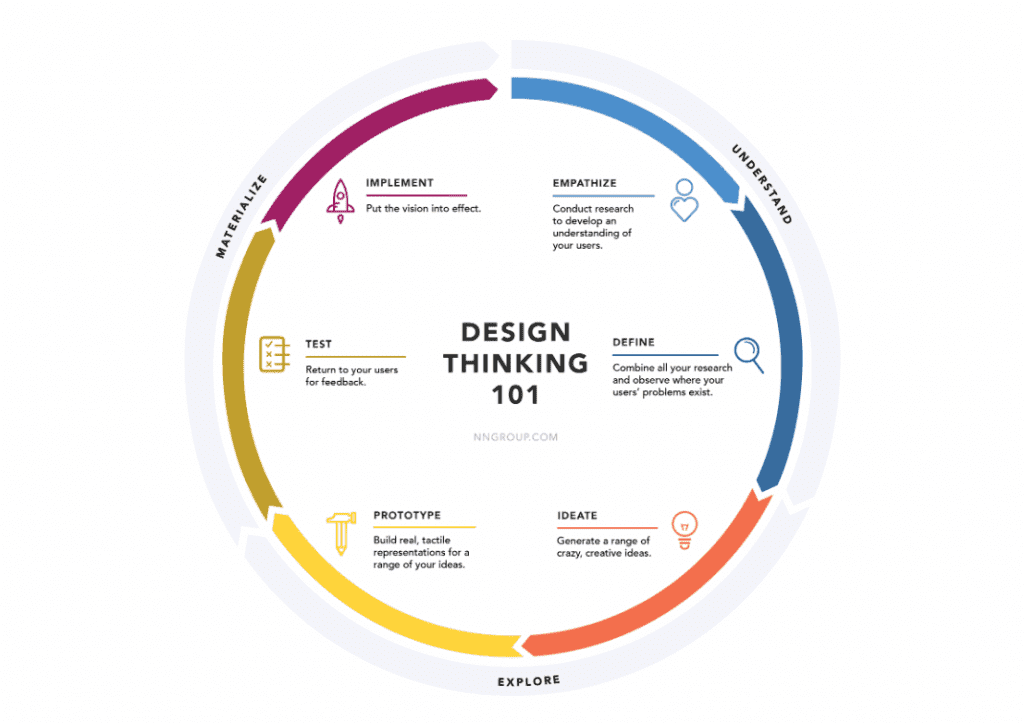
A human first. Design thinking is about people, always. A quality content piece solves a problem of the audience and fits into the context, i.e., into life.
Bidirectionality. There are two types of thinking here: divergent (quantitative) and convergent (qualitative). First, we work on the number of problems to identify or ideas to generate, and then we choose the best ones.
It’s okay to make mistakes. Design thinkers accept their mistakes and do not hesitate to make them. Often, it’s a mistake that leads to an extraordinary decision.
Prototyping. It’s not a completed content piece but something that explains how it will look like. It can be a chart, free graphics, presentation, or just a hand-painted picture on an online whiteboard. In other words, it’s a detailed outline.
Testing it as soon as possible. When content is ready, give it to users and get feedback from them. Improve it. Revise and edit it again. Create two content pieces and use A/B testing to see which one to leave. Testing and analyzing is a proven ways to avoid failures.
Design thinking never ends. So you’ve used the method of design thinking and developed a perfect idea for your content. Is that it? Far from it! First, everything can be done better. Second, your content may go out of date. That’s why savvy design thinkers periodically repeat all stages from beginning to end, improving their ideas, updating their best content, and organizing it accordingly.
Use Hooks to Trigger Reader’s Interest
Users don’t read but scan the information online. To make them want to stop and learn more about your project, include a hook to your content. It may be a positively weird naming, interesting slogan, unusual formats such as interactive content, etc. Interactive content, for example, works best to hook the audience because it provides a high level of personalization and creates a sense of belonging. In a world where an average person loses focus after only 8 seconds, it’s worth something, right?
Quizzes, surveys, polls, calculators, e-books, interactive graphs, and videos — all these can help your content stand out. A primary example is funny and sometimes weird or even controversial quizzes on Buzzfeed. People love interacting with such content, and 22 million views of this quiz are the best proof here:
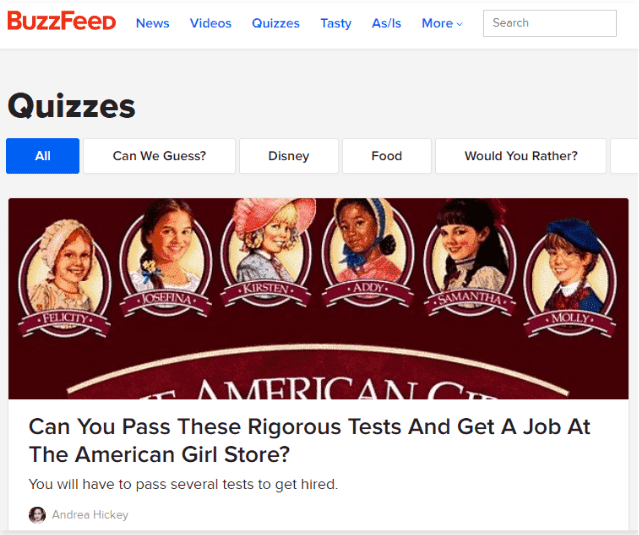
As an expert in your niche, you know it inside out; so share those insights with the audience for them to wow and crave more. But follow the rules of web writing: consider personalization and visual content, think of strong headlines and power words, add surplus value to your message, and structure it accordingly.
Decide on Your Tone of Voice. And Follow It
When writing your business content, remember consistency and coherency. If speaking to your readers as if they are your friends in one article, don’t write the next one as if it’s academic research. Develop your brand, and stick to it.
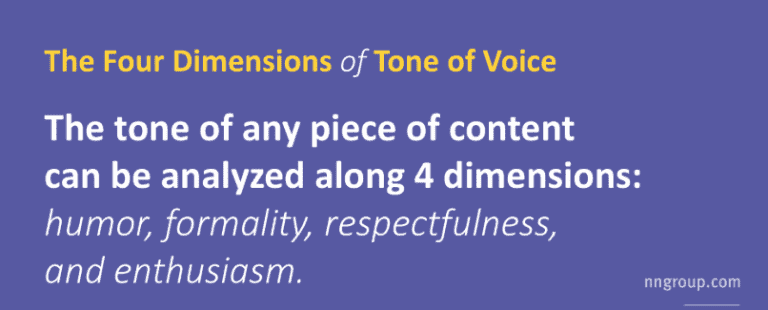
- Speak the same language with your audience:
- Stick to words everybody knows.
- Avoid long words and professional jargon.
- Write in short paragraphs.
- Switch between short and long sentences to create rhythm.
Imagine your reader: what he’s doing, what device he’s using to read your text, and what he needs right now. Format your message accordingly and use analytics tools to see what feedback and results it gets.
Hit users’ pain points in every content asset. Make them feel involved, arouse their curiosity, and show them that they can do it. And yet, stay relevant to your niche, brand values, and tone of voice.
Share Stories, Not Just Type Words
All marketers want to create unique yet relevant content for users to remember. But these benevolent intentions often turn into carbon-copy blogs and social media posts, paraphrasing the content with same ideas.
To stand out from the crowd, try to look at your project from a different angle. Don’t be afraid of experimenting with your content. Change your approach to content creation: use narrative writing aka storytelling, give the audience a hero, and tell stories of real people.
Given that people use feelings rather than data and facts to evaluate your message, you need to reflect human values through your brand’s big idea. Storytelling is the only way to do that because it activates the brain area responsible for experience, while bare facts only make the language part of the human brain work.
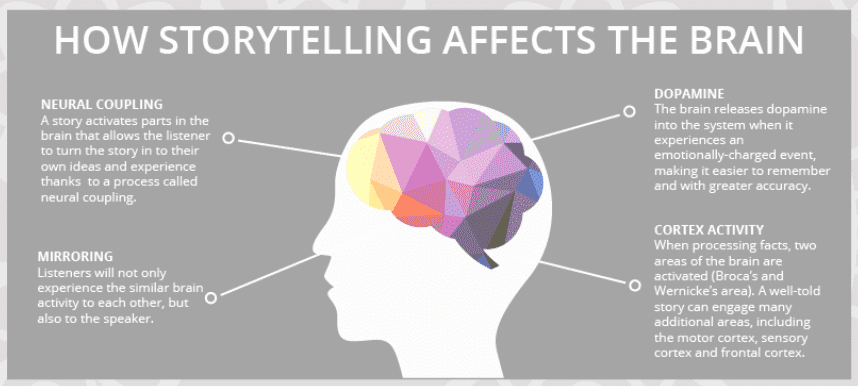
Master the Art of Emotional Writing
People don’t come to your website for the news. They crave conflicts and emotions they could relate to, so your task is to craft content that would work from this neuroscientific perspective.
This tactic is known as an emotional narrative. It means building the message by specific words and particular writing hooks to keep readers emotionally invested and therefore willing to respond to your content somehow.
How to use it?
Share content with core values satisfying readers’ needs at that very moment.
Turn to their basic instincts, known as subconscious needs, responsible for behavior, emotions, and motivation. Carefully choosing words and meanings to communicate to the audience, you’ll engage and encourage them to act.
Consider neuro copywriting and phonosemantics tricks. These two tactics are used to trigger mental processes in human brains while reading. With the help of specific words and writing constructions, you get inside people’s heads to influence the perception and emotions they’ll experience while reading your content.
Over to You
Now that you have these tips, adapt them to meet your business needs. Depending on your big idea, the size of your organization, and the number of writers working on communicating your message to the world, you can tweak the above suggestions to make them fit your goals.
About the Author:
Lesley Vos is a professional copywriter and guest contributor, currently blogging at Bid4Papers. Specializing in data research, web text writing, and content promotion, she is in love with words, non-fiction literature, and jazz.





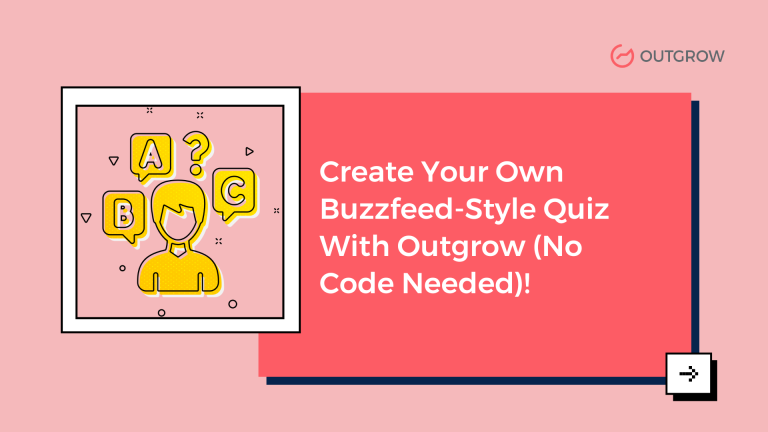
One Comment